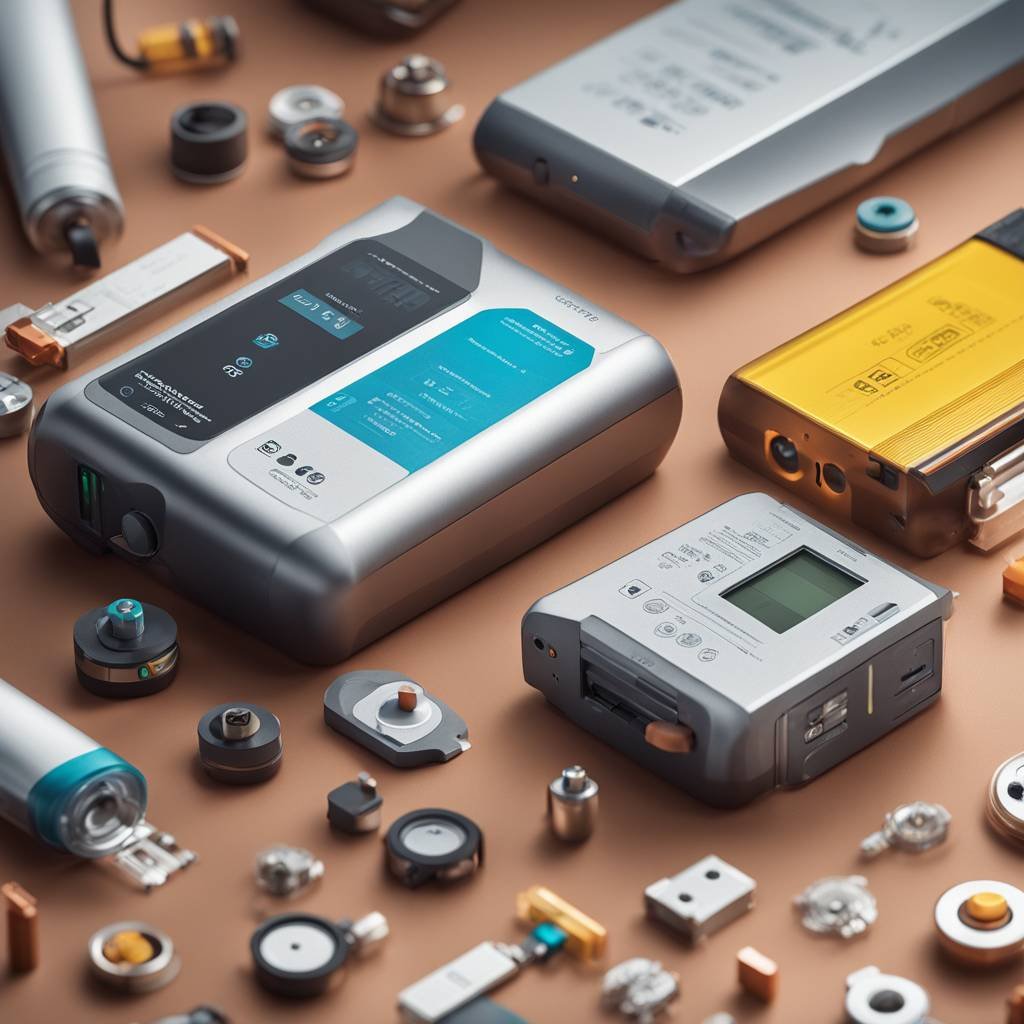Summary
– EV battery manufacturers are working on improving range and charging time
– Lithium-ion batteries are currently used in EVs with Nickel-Manganese-Cobalt (NMC) or Nickel-Manganese-Cobalt-Aluminum (NMCA) compositions
– Solid-state batteries and lithium-sulfur batteries are being developed as future alternatives to lithium-ion batteries
– Graphene batteries and zinc-air batteries are also being explored for EVs
– Battery test systems need to evolve to test higher voltage and higher capacity EV battery packs, with requirements such as pulse tests and drive cycle simulation.
Article
The electric vehicle industry is facing two major challenges: range and charging time. To address these challenges, manufacturers are constantly developing new battery technologies for electric vehicles. Lithium-ion batteries are currently the most widely used, offering high energy efficiency and the ability to travel long distances on a single charge. However, solid-state batteries, lithium-sulfur batteries, graphene batteries, and zinc-air batteries are also being explored as alternatives to lithium-ion. These new technologies offer longer ranges, faster charging times, and are more environmentally friendly.
As electric vehicle battery packs increase in voltage and capacity to address the travel distance challenge, testing systems must also evolve to accommodate these changes. Higher voltage batteries, such as 800 V, require specialized test systems that can handle voltages exceeding 1000 V and power over 250 kW. These systems need to be able to conduct various tests, including pulse tests, drive cycle simulations, DC internal resistance tests, and insulation resistance tests. Additionally, the test systems must have protection features to prevent damage to the battery packs and ensure safety during testing.
Battery test system manufacturers need to keep up with the evolving electric vehicle market by developing systems that can test new batteries with higher voltages, higher capacity, and faster recharge times. These systems must also offer cost savings through utility cost reductions and increased manufacturing efficiency. Companies like EA Elektro-Automatik are addressing these challenges by developing high-power, high-voltage test systems that meet the requirements of testing the latest EV batteries. With the growing demand for electric vehicles, these test systems play a crucial role in ensuring the safety, performance, and reliability of EV batteries.
The future of electric vehicles lies in innovative battery technologies that offer longer ranges, faster charging times, and a smaller environmental impact. Solid-state batteries, lithium-sulfur batteries, graphene batteries, and zinc-air batteries are some of the alternatives being explored to replace traditional lithium-ion batteries. These new technologies have the potential to revolutionize the electric vehicle industry and make EVs more accessible and efficient for consumers.
In order to keep pace with the development of new battery technologies, battery test systems need to be flexible and adaptable to higher voltages and capacities. These systems must be able to conduct various tests to ensure the safety and performance of EV batteries. With the growing demand for electric vehicles, the need for advanced battery test systems will continue to increase, and manufacturers must invest in research and development to meet these requirements.
Overall, the electric vehicle industry is continuously evolving, with new battery technologies driving innovation and improvement in range, charging time, and environmental impact. Battery test systems play a crucial role in ensuring the safety and performance of EV batteries, and manufacturers must invest in developing systems that can keep up with the changing demands of the market. By staying ahead of the curve and investing in cutting-edge technology, battery test system manufacturers can help drive the adoption of electric vehicles and contribute to a more sustainable future.
Read the full article here


